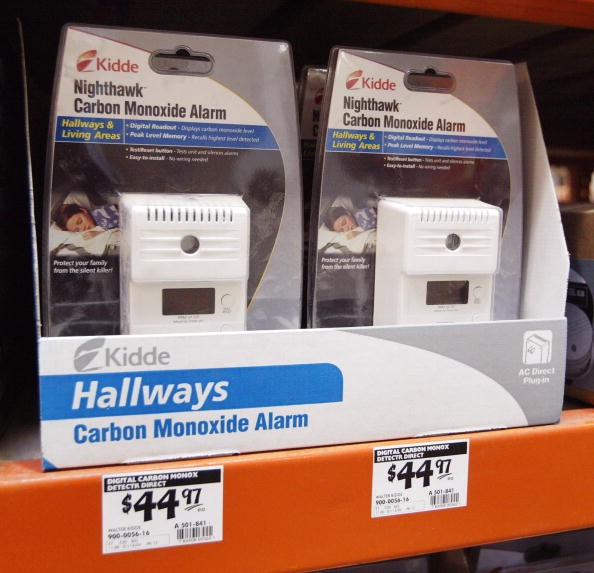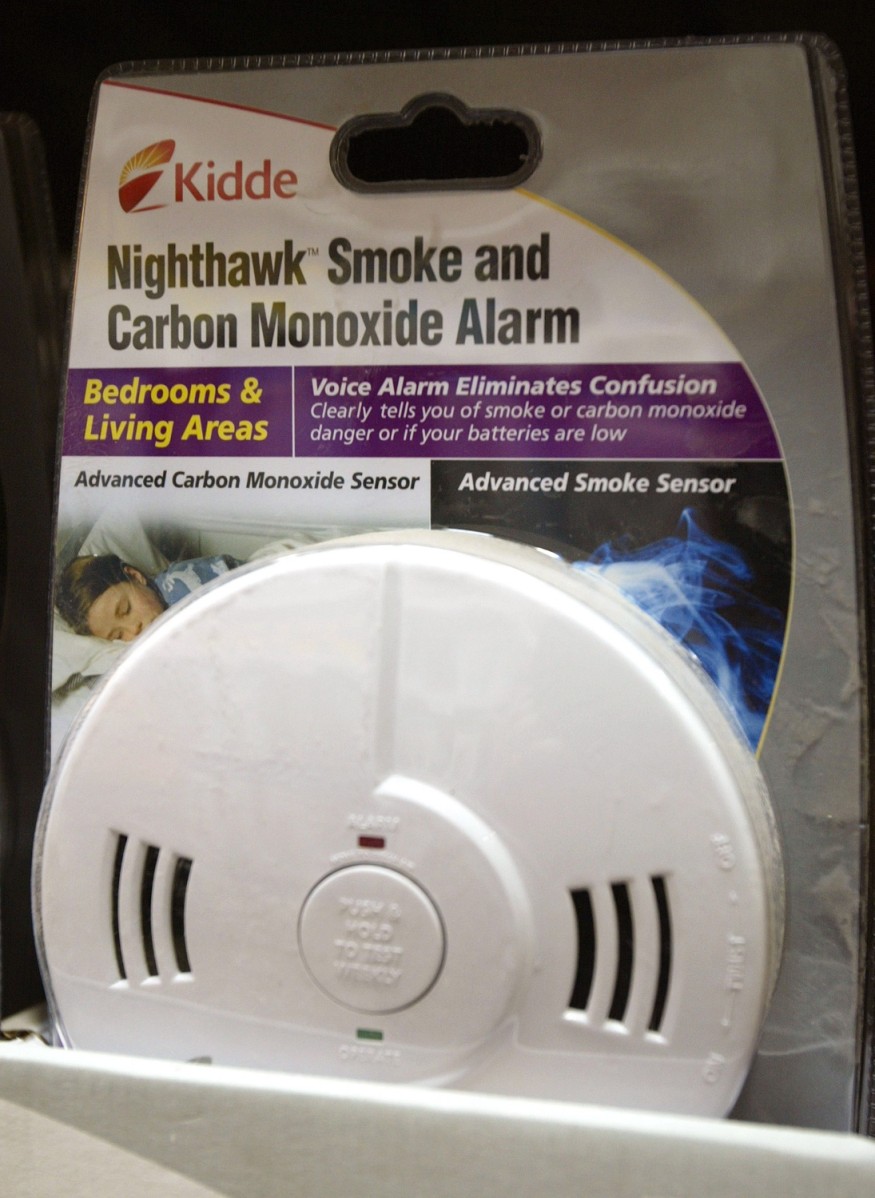Forecasters say there is a possibility that the Atlantic hurricane season, beginning on the 1st of June, will be busier than usual. Aside from the destruction brought about by hurricanes, residents are also advised to be wary of carbon monoxide poisoning.

Hurricane Laura
After exploring the National Hurricane Center in Miami, Deanne Criswell, the new head of the Federal Emergency Management Agency, had a message for the people. She said: "The previous year was a record season, we are not aware of what this season is going to be. But it just takes one storm." Last year, there were 30 named storms, the most ever.
Twelve storms last year made landfall in the continental U.S., another record. Hurricane Laura - the most powerful, generated a 17-foot storm surge, the highest that has ever been recorded in Louisiana. National Hurricane Center director Ken Graham thinks precise forecasting and urgent, clear messaging aided in minimizing fatalities.
Graham said: "If you recall the words that we used, 'unsurvivable,' we don't take that gently. And finally, [there was] not no recorded storm surge fatality in Hurricane Laura." Although no lives were lost from storm surge, 28 people lost their lives from Laura, and nearly all of them once the hurricane passed.
Carbon Monoxide Poisoning
The storm destroyed the electrical grid in Southwest Louisiana, leaving communities in darkness for weeks. Fourteen of the deaths were due to carbon monoxide poisoning from perilous use of emergency generators. Lake Charles Police Chief Shawn Caldwell at a news conference the day after the storm said there were five deaths in a single household. He had a message for anyone making use of a generator.
Caldwell said: "Guys, keep it away from your home, don't keep it anywhere close to a covered awning, a garage or a porch. Chain it to a tree if there's any in the yard. But don't allow a generator cost your life." Forecasters for years now have warned people that flooding as a result of hurricanes poses the greatest danger to people inhabiting the coastal regions, responsible for 90% of the deaths.

Greatest Threat to Lives and Property
Storm surge remains the greatest menace to people's lives and property in a hurricane. But NHC Director Graham says it's becoming understandable that forecasters and emergency managers need to pay heed to threats after the storm, including inappropriate use of generators.
"Since 2017, we've had 14 hurricane landfalls. Five were great hurricanes. And we've had seven storm surge casualties," he says. "So in the last four years, more people have been lost to carbon monoxide poisoning following the storm than we have to storm surge."
Since 2017, a minimum of 39 people have lost their lives after hurricanes from carbon monoxide poisoning.
As there has been an improvement in hurricane forecasting, people who live close to the coasts now get earlier and more precise information about how to get ready safely. That's assisted in reducing the number of deaths from direct causes like high winds and flooding.
Related Article: 5 Practical Tips to Prepare For Hurricane Season This 2021
For more news, updates about hurricane season and similar topics don't forget to follow Nature World News!
© 2025 NatureWorldNews.com All rights reserved. Do not reproduce without permission.





